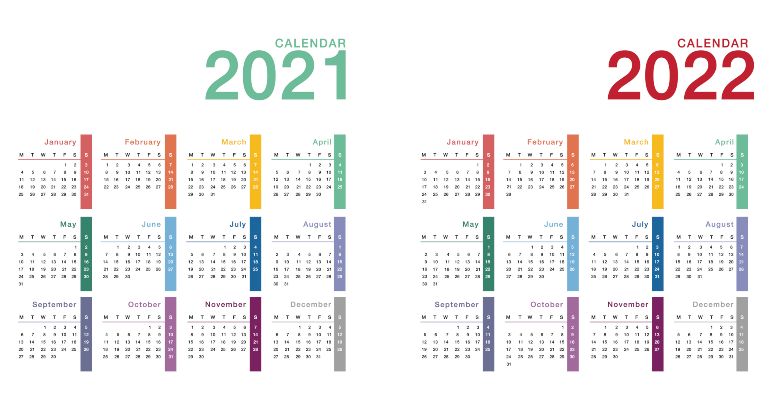
While we appear to be coming to a resolution of the COVID-19 pandemic, we are not done with it yet. We will be dealing with the effects for some time to come. Sad to say, not all of the jobs that were lost will be coming back, and for at least the next 18-24 months we will need to address the effects on reskilling and upskilling efforts arising from things we cannot totally predict:
- Working from home
- Travel restrictions and distancing
- Possible surges of COVID-19 variants
Why microlearning will be important in 2021 and 2022
There are many ways to deal with these, but microlearning is one that will have particular value worldwide into and possibly through 2022. Among the choices that match the situations learning designers will have to contend with are cross-platform microlearning strategies that employ video, audio podcasts, and web-based delivery. Microlearning, through its very focused character, will increase engagement and match the other features of the situations of employees who must continue to work from home. In addition, this will be a good match for frontline employees and the need to accommodate BYOD (Bring Your Own Devices). Flexible delivery options and learner media preferences round out the benefits.
Use cases
There are other options for delivery and support of learning but video, podcast, and web delivery are a good fit to 2021 conditions for designers. Correctly designed, microlearning makes content updates as things change cheaper and possibly faster to create and deliver. This content is also ideal for storyboarding, and that should work well for instructional designers who are using short sims or simulated whiteboard animations as formats and who must ensure LMS compatibility.
Of the six use cases for microlearning, the ones most likely to apply during pandemic recovery are:
- a review at the point of need of the next step or steps within a workflow
- reflection on applications of a learned idea, situation, or task
- changing behavior to conform to new conditions
- practice to sharpen a new skill
In the event that training is provided for upskilling, microlearning can also facilitate the acquisition of new performances or reinforce recall of what has been taught.
In any of these uses, the designer may choose to implement spaced recall or spaced practice to strengthen the learning and its application, or to remediate performance. Chapter 7 of Microlearning: Short and Sweet offers considerable guidance on specific ways to design and storyboard microlearning use.
Don’t leave out evaluation of your microlearning
Every learning initiative should include an evaluation plan, and this is true of the ones that make use of microlearning. In fact, evaluation in general is “more honored in the breach than in the observance”, and this makes improvement (and future design) far more difficult. Microlearning, no less than any other learning design, must be evidence-based. As the designer, data is your friend. In a time when we can expect continuing changes in the scale, conditions, standards, and expectations for learning, keeping track of how your initiatives are performing is the key to keeping up with and getting ahead of change.
While Kapp and Defelice address the use of the classic Kirkpatrick model for evaluation, there are many practical problems with it, not the least of which is the lack of objective measures for Level 3 (behavior) and Level 4 (ROI) in most organizations. It is well worth your time to look into other methods that will help you evaluate whether what you are doing is working, rather than evaluating what you did. Daniel Stufflebeam’s CIPP Model is one such method. Stufflebeam extended his model to address sustainability, effectiveness, and transportability elements of product evaluation. A more recent approach is Will Thalheimer’s Learning-Transfer Evaluation Model (LTEM)
The microlearning concept is still developing and there are some unanswered questions, but what I have presented here and in my previous article this week on microlearning is a good and safe way to proceed for now.


